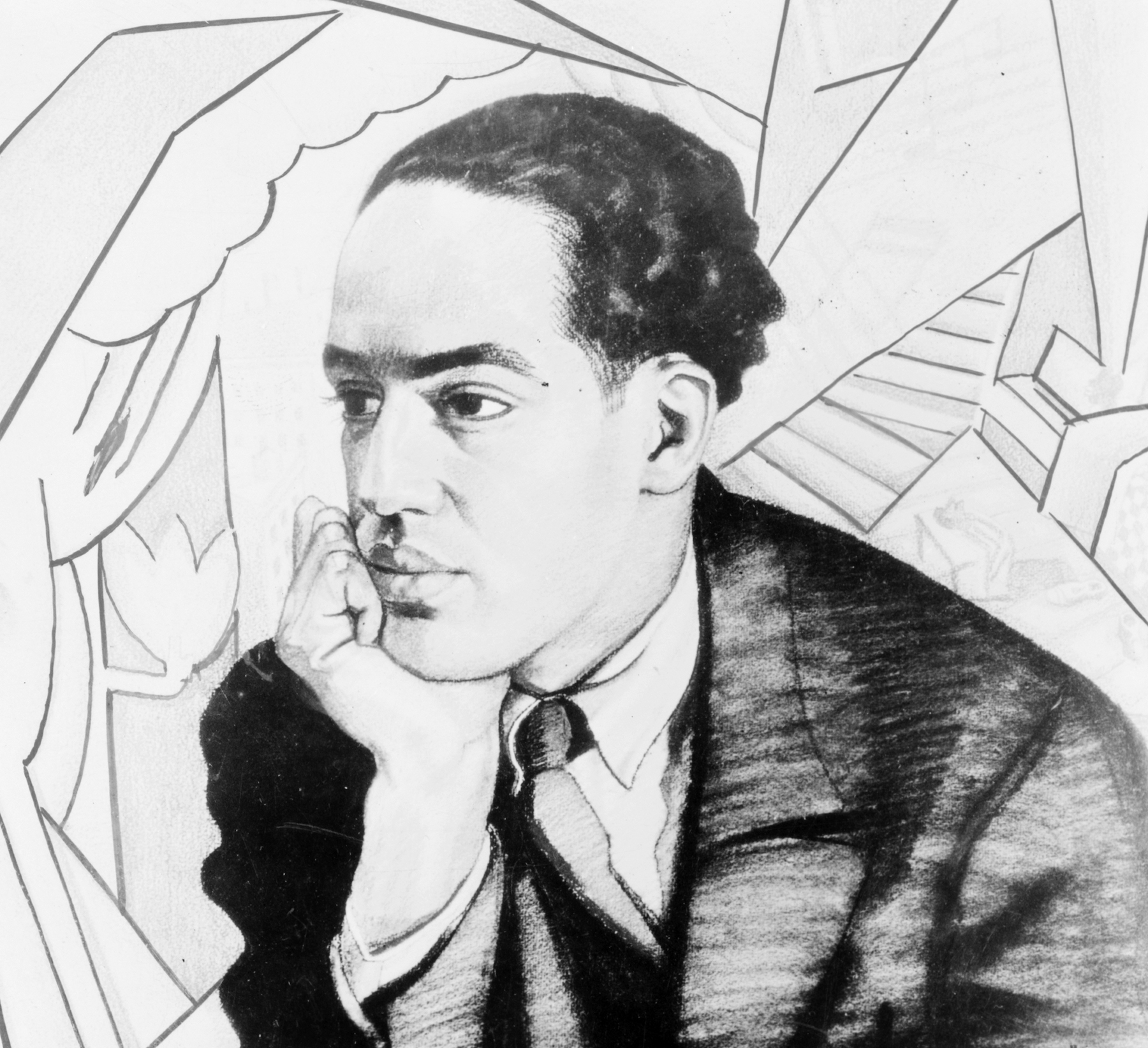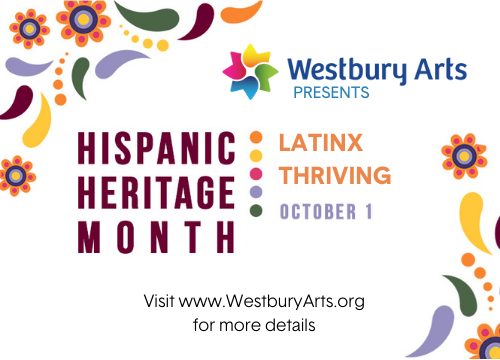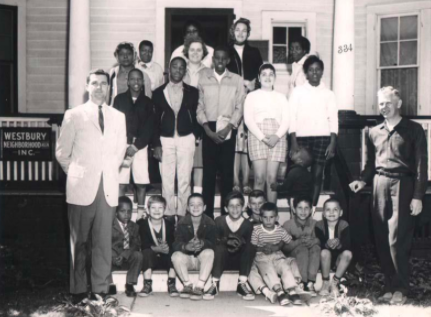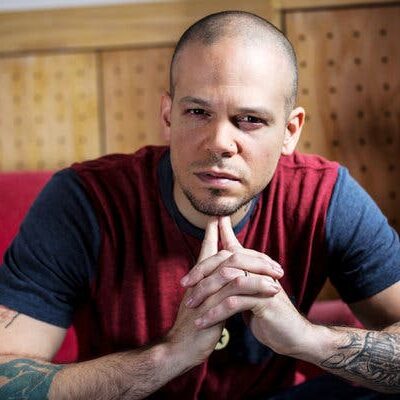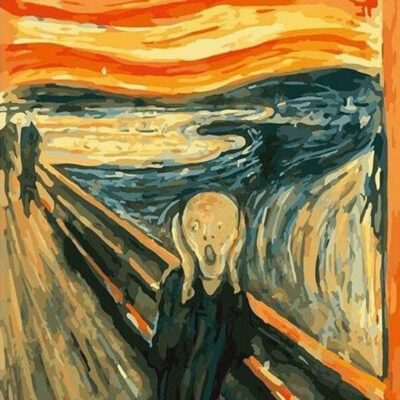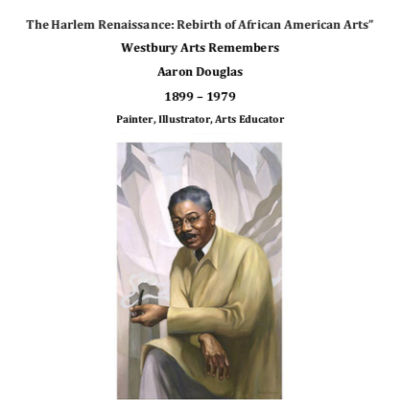American Poet, Novelist, Playwright, Columnist and Social Activist.
“An artist must be free to choose what he does, certainly, but he must also never be afraid to do what he might choose.” – ––– – Langston Hughes
Langston Hughes and the Harlem Renaissance, the Harlem Renaissance and Langston Hughes. It’s difficult to think about one without the other.
The Harlem Renaissance (1918–37) was a blossoming of African American culture, particularly in the creative arts, and one of the most influential movements in African American literary history. Hughes was a prolific artist who wrote essays, short stories, operettas, children’s books, plays, and mountains of poems. There wasn’t much that Langston Hughes couldn’t do. He celebrated the spirit of the African-American community and captured the condition of everyday life of black people through his art in a time when many black artists were adverse to doing so, for fear of feeding racial stereotypes. Hughes wanted to tell the stories of his people in ways that reflected their actual culture, including both their suffering and their love of music, laughter, and language itself. He is also known as an innovator of the jazz poetry art form. Many of Hughes’s poems carry the music, rhythm, and meter found in blues, jazz, and African-American spirituals.
James Mercer Langston Hughes was born February 1, 1902, in Joplin, Missouri. He brought a world of experiences to his writing. Before he was twelve years old he had lived in six different American cities. By the time Hughes turned 24 and his first book of poetry, The Weary Blues, (Knopf, 1926), was published, he had already been a truck farmer, cook, waiter, college graduate, sailor, and doorman at a nightclub in Paris, and had visited Mexico, West Africa, the Azores, the Canary Islands, Holland, France, and Italy. Four years later his first novel, Not Without Laughter, (Knopf, 1930) won the Harmon gold medal for literature. Hughes said of his writing, It’s about “workers, roustabouts, and singers, and job hunters on Lenox Avenue in New York, or Seventh Street in Washington or South State in Chicago—people up today and down tomorrow, working this week and fired the next, beaten and baffled, but determined not to be wholly beaten, buying furniture on the installment plan, filling the house with roomers to help pay the rent, hoping to get a new suit for Easter—and pawning that suit before the Fourth of July.”
“Mother To Son” – Poem by Langston Hughes
Well, son, I’ll tell you:
Life for me ain’t been no crystal stair.
It’s had tacks in it,
And splinters,
And boards torn up,
And places with no carpet on the floor—
Bare.
But all the time
I’se been a-climbin’ on,
And reachin’ landin’s,
And turnin’ corners,
And sometimes goin’ in the dark
Where there ain’t been no light.
So, boy, don’t you turn back.
Don’t you set down on the steps.
‘Cause you finds it’s kinder hard.
Don’t you fall now—
For I’se still goin’, honey,
I’se still climbin’,
And life for me ain’t been no crystal stair.
In addition to leaving us a large body of poetic work, Hughes wrote eleven plays and countless works of prose, including the well-known “Simple” books including : Simple Speaks His Mind, Simple Stakes a Claim, Simple Takes a Wife, and Simple’s Uncle Sam. His popular fictional character, Jesse B. Simple, is a poor man who lives in Harlem, a kind of comic no-good, a stereotype Hughes turned to advantage. His tales of his troubles with work, women, money, and life in general often reveal, through their very simplicity, the problems of being a poor black man in a racist society. “White folks,” Simple once commented, “is the cause of a lot of inconvenience in my life.” Donald C. Dickinson, a Hughes biographer, wrote that the “charm of Simple lies in his uninhibited pursuit of those two universal goals, understanding and security. As with most other humans, he usually fails to achieve either of these goals and sometimes once achieved they disappoint him. . . . Simple has a tough resilience, however, that won’t allow him to brood over a failure very long.
Considered among the greatest poets in U.S. history, Langston Hughes’ body of work fostered giant strides for African Americans politically, socially and artistically. He died of complications from prostate cancer on May 22, 1967, in New York City. In his memory, his residence at 20 East 127th Street in Harlem has been given landmark status by the New York City Preservation Commission, and East 127th Street has been renamed “Langston Hughes Place.” Hughes occupies a position as a poet of the people precisely because he recognized that ‘we possess within ourselves a great reservoir of physical and spiritual strength,’ and because he used his artistry to reflect this back to the people. He used his poetry and prose to illustrate that ‘there is no lack within the Negro people of beauty, strength and power,’ and he chose to do so on their own level, on their own terms.”
“Perhaps the mission of an artist is to interpret beauty to people – the beauty within themselves.”
– Langston Hughes


